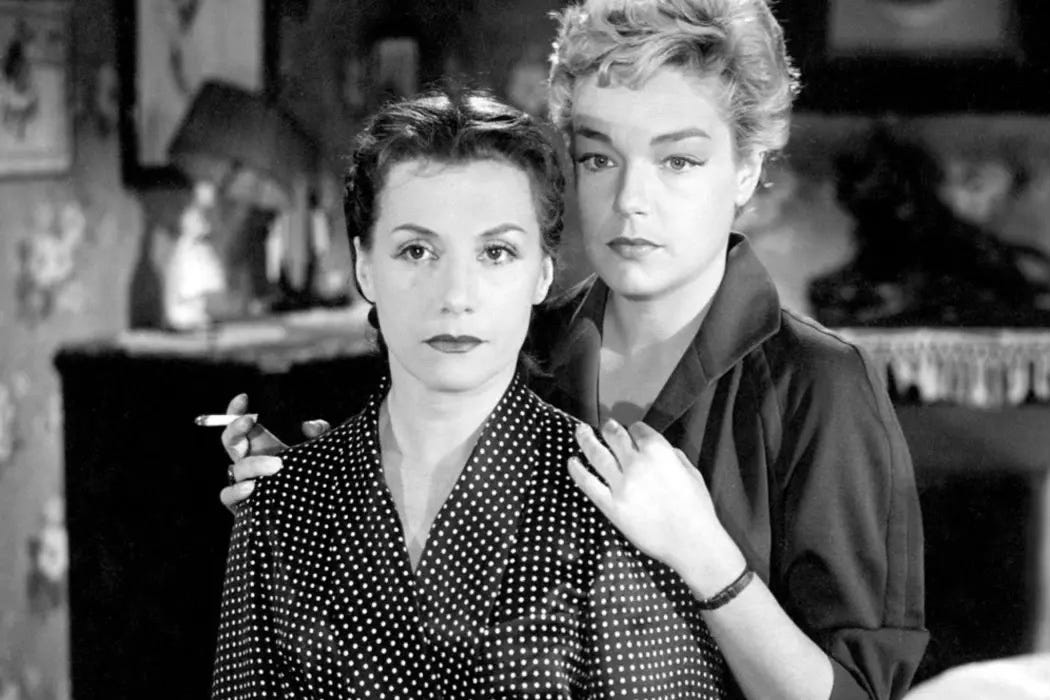What do we all think of inverted mysteries, where the reader knows the killer’s identify from the start?
The traditional inverted mystery follows the criminal through planning and execution of their crime before switching to the point of view of the detective. The reader then follows the detective’s progress with the benefit of inside knowledge. Unlike in traditional Golden Age mysteries, where the reader follows blindly along, confident that the truth will be revealed at the end, there is an inherent tension in watching the well-planned crime unravel.
Some inverted mysteries provide the would-be criminal with a sympathetic reason to kill. In Nicholas Blake’s The Beast Must Die, a novelist wants to avenge the hit-and-run death of his young son. Other reasons are flimsier (and funnier): in Anthony Berkeley’s Trial and Error, a man learns he has a fatal heart condition and decides to make the world a better place by killing a terrible person before he dies.
My favorite inverted mystery is actually a film: 1955’s Les Diaboliques, directed by Henri-Georges Clouzot, in which an abused wife and her husband’s mistress plot to kill him together. It’s not a strict adherent to the inverted mystery style, as it takes crazy twists and turns, but it’s unique in that our sympathies are completely with the wife. (I won’t spoil the ending, just watch it. You won’t be sorry.)
In the short story “The Hunt Ball,” Freeman Wills Crofts takes a different tack, making his killer as loathsome as possible. Skeffington, an unemployed bounder hoping to marry money, is caught cheating at cards by Justin Holt. The definition of a gentleman, Holt gives Skeffington a choice: disappear or be exposed, but Skeffington can’t afford either option. So, amid the chaos of their club’s annual Hunt Ball, he murders Holt. Skeffington is a cad. He describes his future fiancé as “neither a beauty nor a wit: in fact, in moments of depression he realized she was, as he put it, damned plain and damned dull, too.” In need of funds, he cheats at cards, which, short of blackmail, is the worst crime a fictional gentleman can commit. And he executes his plan with a minimum of fuss or regret — his section of the story ends with: “Rather shakily Skeffington drove home.”
Crofts, a frequent practitioner of inverted mysteries, has a pretty dismal reputation among Golden Age fans, the general opinion being that he deserves the “humdrum” label given by author and critic Julian Symons. This short story certainly isn’t going to change anyone’s perception (regular readers know I am loath to align myself with Symons, so I must really mean it).
Inspector French, Crofts’ recurring character, arrives three-quarters of the way through the story, ruminates over some coffee and, voila!, solves the crime. That leaves the heavy lifting to Skeffington, and while literary cads are often more fun to read about than their straight-laced counterparts, Skeffington is as much a failure at caddishness as he is at cards and, ultimately, murder.
Murder in the Links
Inverted mysteries are popular on tv as they combine two of the medium’s favorite genres: the crime story and the police procedural. While Columbo, starring Peter Falk, is the definitive example, Poker Face (season 2 is airing now) offers a fresh take on the format— the detective (Natasha Lyonne, perfect) is also a human lie-detector.
Read with me
I publish on Tuesdays, alternating between short stories and novels.
Next week: Speedy Death by Gladys Mitchell
In two weeks: In my usual slapdash way, I thought it would be fun to do some summer vacation-themed mysteries over the next month or so. First up is “The Murder on the Golf Links” by M. McDonnell Bodkin.








I'm also a big fan of Les Diaboliques. We first watched it in French lessons at school!